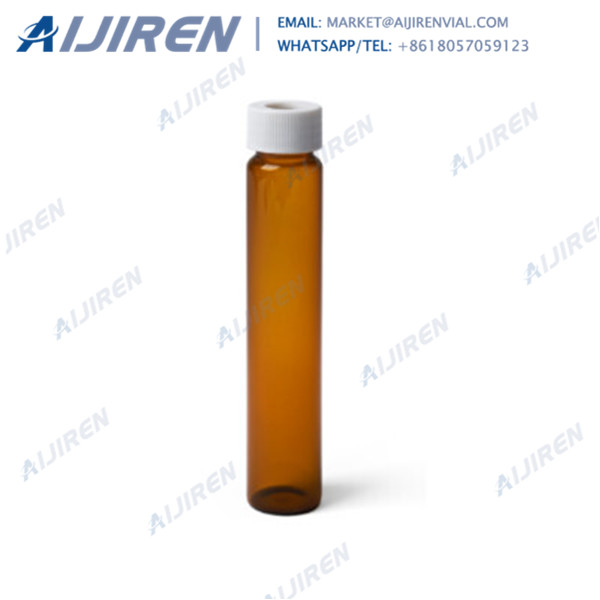
Snap Cap Vials Aluminum Crimp Seal Vials 9mm Screw Thread Vials 8-425 Standard Opening Screw Thread Vials 10-425 Wide Opening Screw Thread Vials 12 x 32 mm Shell Vials 15 x 45 mm Screw Thread Vials 15 x 45 mm Shell Vials 8 x 40 mm Shell Vials 8 mm Micro Sampling Vials 8 x 35 mm Vials for Alcott/Micrometrics HeadSpace Vials
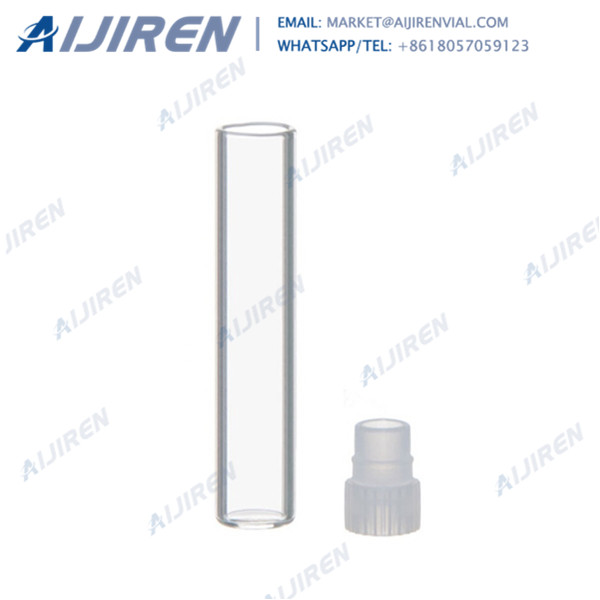
These neckless vials with inserts are sold as kits including polyethylene push in caps to assure proper fit and function. Vial selections include clear glass, amber glass or polypropylene. 8x35mm shell vials are designed specifically for Alcott Positive Displacement autosamplers. Choose from Thermo Scientific™ National™ and Chromacol™ brands.
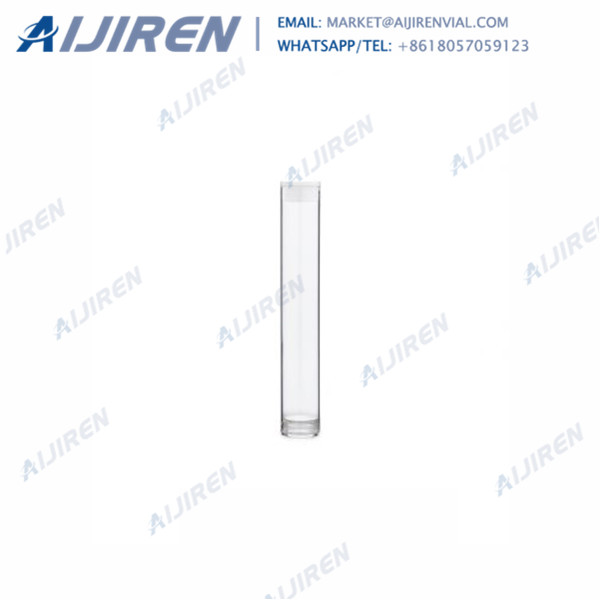
Unexploded ordnance (UXO, sometimes abbreviated as UO), unexploded bombs (UXBs), and explosive remnants of war (ERW) are explosive weapons (bombs, shells, grenades, land mines, naval mines, cluster munition, and other munitions) that did not explode when they were employed and still pose a risk of detonation, sometimes many decades after they were used or discarded.
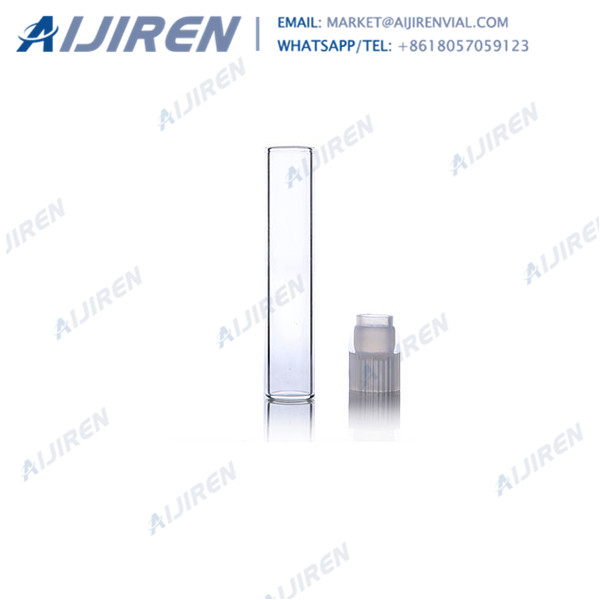
Vials Flint (Clear) Narrow Mouth 8 Drams = 1 Fluid Ounce = 30cc Continuous Thread -or- Stopper Caps Included But Not Attached Unless Otherwise Noted. Threaded Vials Have Black Phenol Caps With Pulp / Vinyl Liners. Stopper Vials Have Natural Caps Common Uses: Laboratory and Analytical Testing, Essential Oils, Extracts, Aromatherapy, Environmental, Food & Food
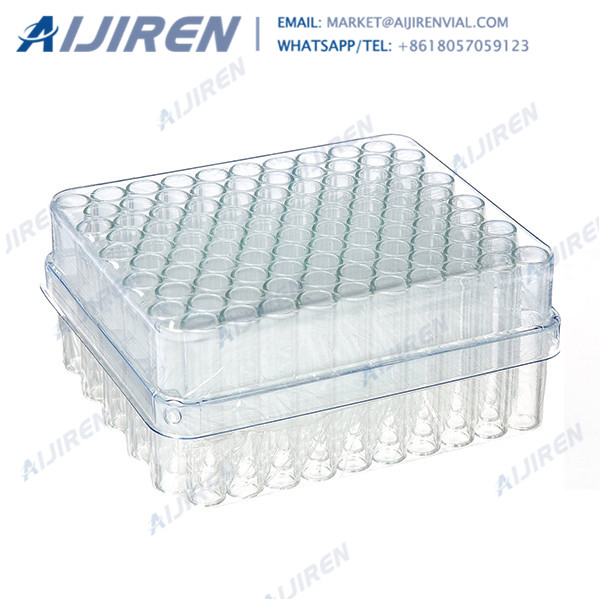
A vial is a small container typically with a cylinder shape made of glass. They are highly used for holding liquid medicines. A vial has many multi-purpose uses. It can be used commonly around the household as well as in the medical field. These are just two of the many uses for a vial. It is not uncommon for people to have vials around the house.
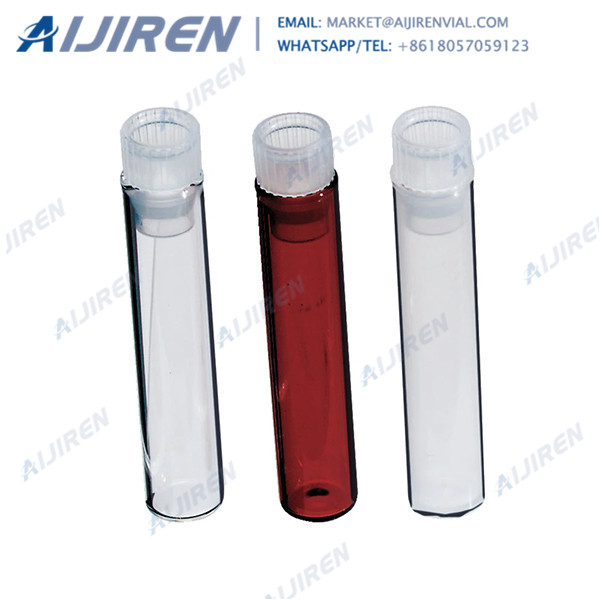
These neckless vials with inserts are sold as kits including polyethylene push in caps to assure proper fit and function. Vial selections include clear glass, amber glass or polypropylene. 8x35mm shell vials are designed specifically for Alcott Positive Displacement autosamplers. Choose from Thermo Scientific™ National™ and Chromacol™ brands.
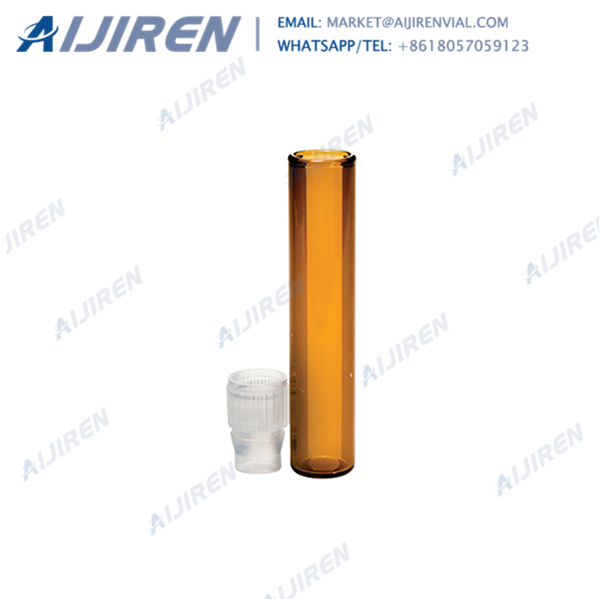
Product # Description. Add to Cart. 24727: Shell vials with plugs, 8 x 35mm volume 0.75 mL, clear glass, vial O.D. × H 8 mm × 35 mm, pkg of 200 ea
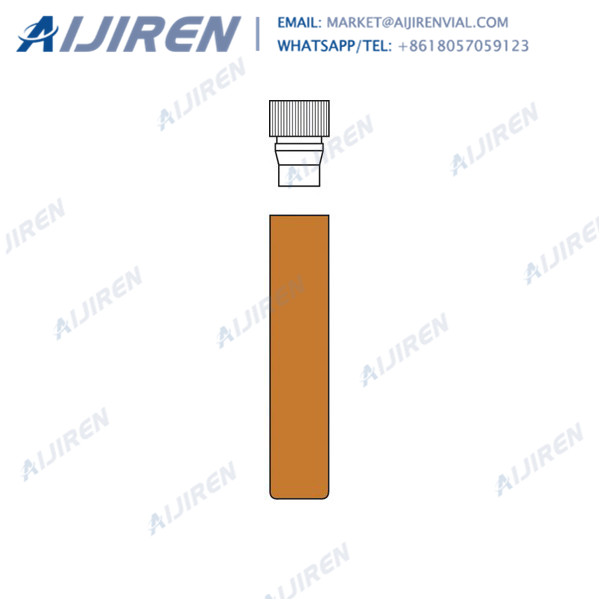
Amber and brown are a low-intensity, low-frequency hues: basically, darkened yellow, orange, or red. The low intensity blocks out some light and the hue enables some frequencies in the red to yellow range to pass through. Lower frequencies are effectively blocked, including ultra-violet frequencies. This is precisely why brown/amber is the best
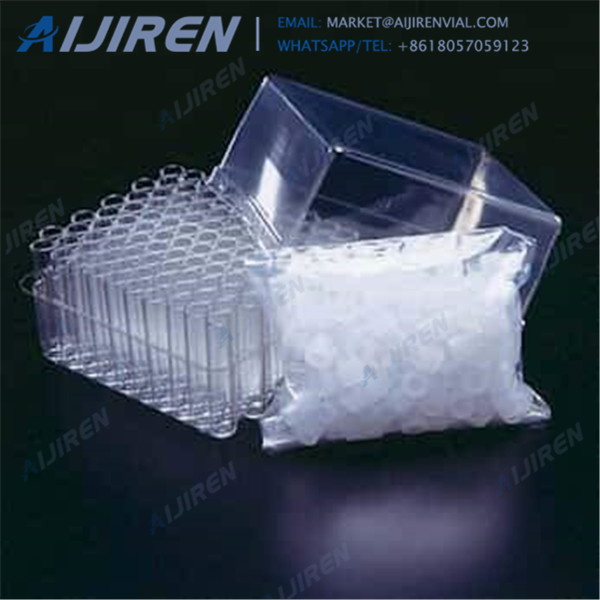
Starlight’s preformed natural teeth provide many advantages: New ridge lap design to maximize chair side time. Available in both right and left sides. All teeth are 13mm long. Your choice of yellow, white, or coin gold. Clear plastic vials with identification for operatory storage. Smaller sizes may be used for upper or lower teeth.
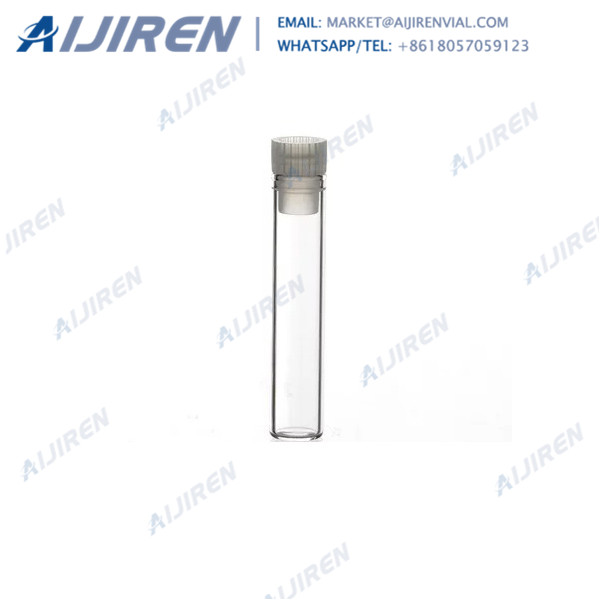
Designed for use in Alcott or Waters® autosamplers, the clear snap-plug closures of these shell vials can be pierced with standard autosampler syringes without vacuum formation.

The 1 mL, 8 x 35 mm vials are designed for use in Alcott model 728 autosamplers. The 1 mL, 8 x 40 mm vials are specifically designed for Waters® 96-position trays. The 2 mL vial will work on any standard size 2 mL tray. The 4 mL vial is compatible with Waters® 48-position trays.
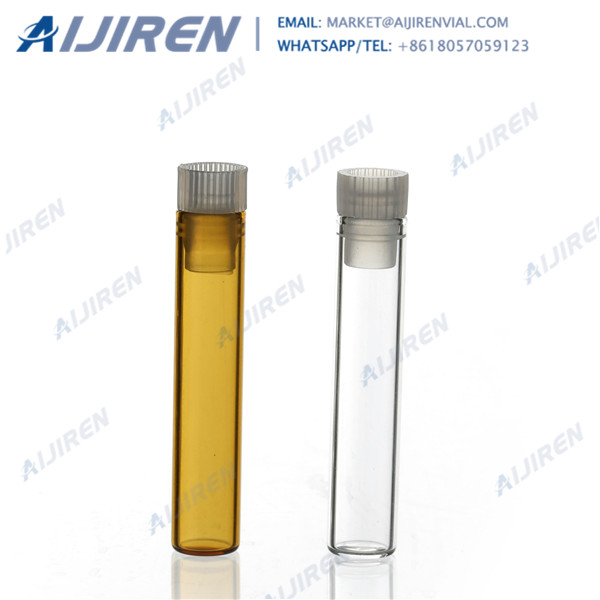
8x40mm vials are available in clear, Type 1 Class A or amber, Type 1 Class B borosilicate glass Tear-away design of polyethylene closures ensure excellent penetration and ventilation Kits include shell vials with matching closures engineered for proper fitting
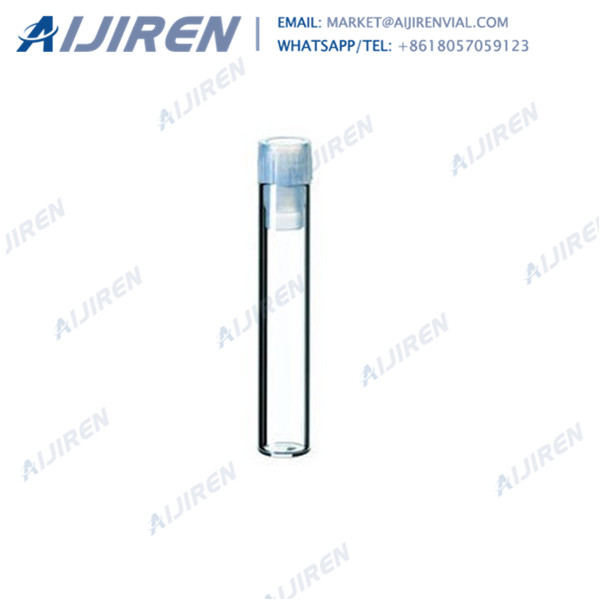
Convenience Kit: Clear Vials w/Black Caps and PTFE/Silicone Septa 15 x 45mm Clear 03-391-22 100/$62.03 Fisherbran d* Shell Vials for Waters* Autosamplers Natural-colored polyethylene SepCap* closures • 1mL vials are made from clear borosilicate glass and are for use with a 96-position autosampler • 4mL vials are made from Type I, Class A

Viral culture is a laboratory technique in which samples of a virus are placed to different cell lines which the virus being tested for its able to infect. If the cells show changes, known as cytopathic effects, then the culture is positive.